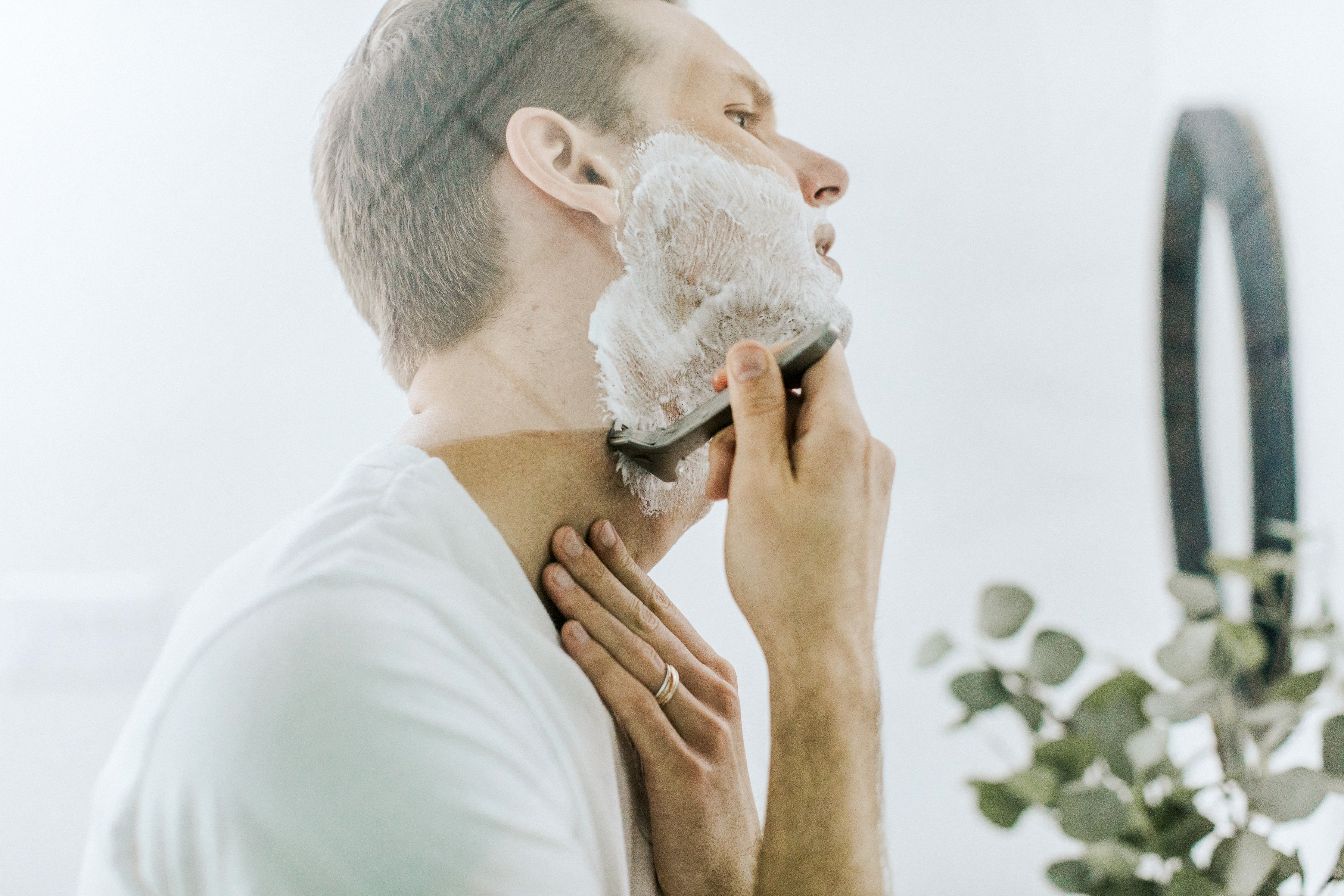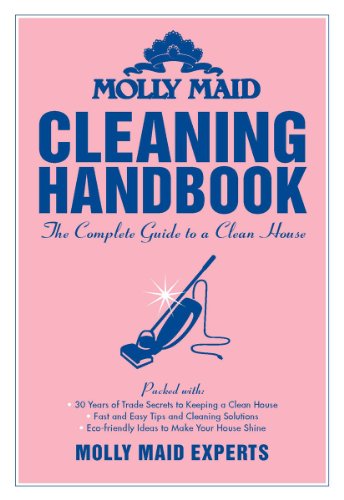
Razor Care and Maintenance
The art of hair removal has a far reaching and colourful past. It’s said that men in the stone age plucked their facial hair with animal teeth, sharp flints or clam shells. This was considered a safety precaution so they couldn’t be grabbed by the enemy during battles. The ancient Egyptians preferred the less tedious method of sugaring for hair removal. And the eastern cultures of India and Iran chose the less sticky option of threading. Throughout history, beards were in and out of fashion depending on the habits of prominent men (much like today).
Modern style shaving didn’t really make significant headway until Jean-Jacques Perret invented the world’s first “safety” razor in the late 1700s. Attaching a wood guard to a straight shaving razor allowed men to shave at home. Until this time, the only way to get a close shave was to have it done professionally at the local barber shop. The evolution of the men’s razor made a big leap in 1903, when American inventor King Camp Gillette introduced a new variation of safety razor with disposable blades.
The shape of the cartridge and number of blades have changed over time, and a pivot has been introduced between the blades and handle. Which is said by manufacturer’s to better simulate the pivot of a barber’s wrist and allow better interaction between the razor and skin. Though it’s design seems somewhat rudimentary, each component is precisely positioned at an angle and distance calculated to create a close and comfortable shave. Don’t let bad cleaning habits affect that carefully defined geometry.
What is the best way to care for your razor? It’s really quite simple.
- Rinse the blades under running water from back to front, or swish it through water in the sink basin after every stroke. There’s no need to use detergents or harsh soaps.
- Shake off excess water with a quick flick, avoiding the urge to tap the cartridge against the sink basin or wipe the blade on a towel. Both can lead to damage and a less effective shave.
- Store in a clean, dry place.
Hint: If there is clogged hair debris on your blades, don’t use an object (like an old toothbrush or q-tip) to clean in-between the blades, as that can damage the blade’s sharp edge. Instead, immerse the blades in warm water to soften the blockage then shake the cartridge gently until blockage is removed.
Photo by Photo by Supply on Unsplash

